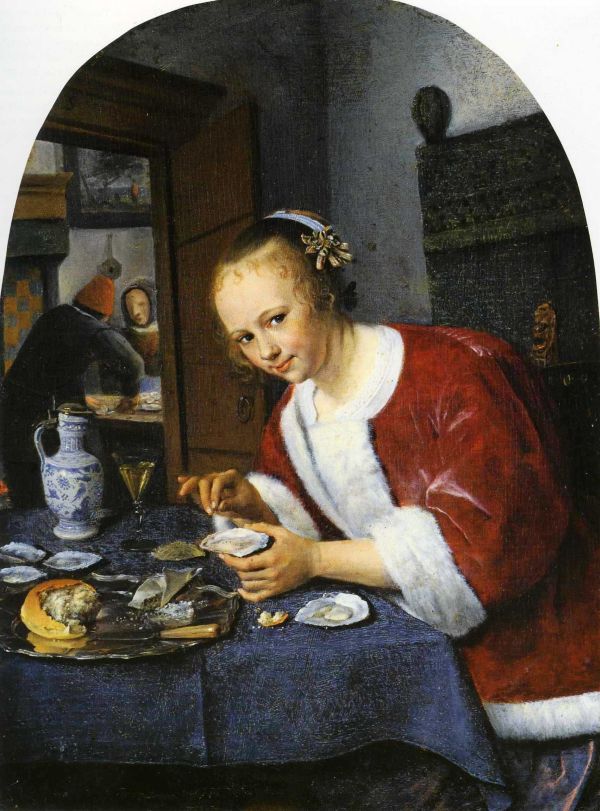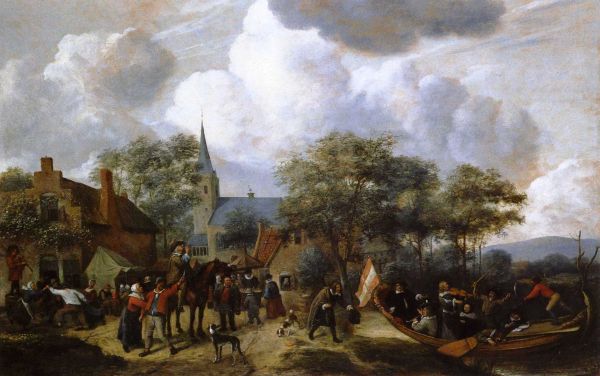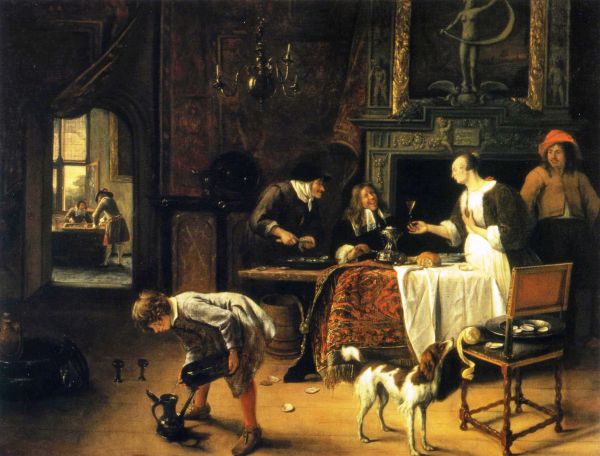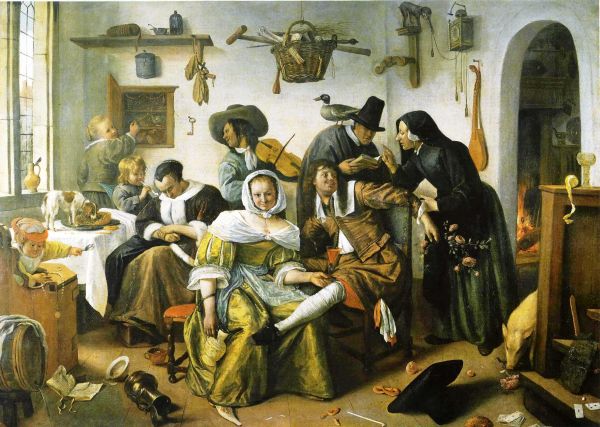Jan Steen (Havicksz) (1626-1679)
Get a Steen Certificate of Authenticity for your painting (COA) for your Steen drawing.
For all your Steen artworks you need a Certificate of Authenticity (COA) in order to sell, to insure or to donate for a tax deduction.
Getting a Steen Certificate of Authenticity (COA) is easy. Just send us photos and dimensions and tell us what you know about the origin or history of your Steen painting or drawing.
If you want to sell your Steen painting or drawing use our selling services. We offer Steen selling help, selling advice, private treaty sales and full brokerage.
We have been authenticating Steen and issuing certificates of authenticity since 2002. We are recognized Steen experts and Steen certified appraisers. We issue COAs and appraisals for all Steen artworks.
Our Steen paintings and drawings authentications are accepted and respected worldwide.
Each COA is backed by in-depth research and analysis authentication reports.
The Steen certificates of authenticity we issue are based on solid, reliable and fully referenced art investigations, authentication research, analytical work and forensic studies.
We are available to examine your Steen painting or drawing anywhere in the world.
You will generally receive your certificates of authenticity and authentication report within two weeks. Some complicated cases with difficult to research Steen paintings or drawings take longer.
Our clients include Steen collectors, investors, tax authorities, insurance adjusters, appraisers, valuers, auctioneers, Federal agencies and many law firms.
We perform Jan Steen art authentication, appraisal, certificates of authenticity (COA), analysis, research, scientific tests, full art authentications. We will help you sell your Jan Steen or we will sell it for you.
Steen’s father was a brewer in Leiden. Jan Steen showed talent in drawing as a child and got formal training at home in art and Latin. At age twenty, Steen began studying genre painting with Adraen an Ostade at Leiden University. Jan Steen only studied there for a year, as did Rembrandt. Then Steen joined the Leiden painter’s guild. When twenty-three years old, Jan Steen married the daughter of the prominent landscape painter Jan van Goyen, who may have been one of his teachers. Shortly thereafter, Steen’s father opened a new brewery in Delft so his son could support his new family. This venture was an abject failure. Steen was reduced to maintaining a tavern in his home.
Jan Steen is most well-known for his genre scenes of the interior of bars, brothels, and residences. He was so identified with this sort of messy exuberance that the Dutch call it “a Jan Steen household.” Steen also painted mythological, religious scenes and a few portraits.

Steen lived in several cities in the Netherlands and absorbed the predominant artistic style in each. Many scholars believe Jan Steen’s best work was done in Haarlem between 1661 and 1670. After his father’s death in 1670, Steen moved his family back to his ancestral home in Leiden.

Authentication of works by Steen can be difficult. Steen rarely dated pieces. In the 1700s, Steen’s work became extremely fashionable and his signature was forged on many paintings he did not create but which emulate his style and subject matter.

In “Bathsheba Receiving David’s Letter,” Steen is skillfully able to make an Old Testament story accessible to a contemporary audience. Unlike most of his contemporaries, who depicted Bathsheba in her bath after getting the letter, Steen shows us Bathsheba’s private world by letting us read the letter. The old woman on the right has just delivered it.
This painting has a particularly well-documented provenance and once belonged to the royal family of Liechtenstein.

The first biography of Steen was written in 1721 by Arnold Houbraken. Houbraken is thought to have come up with the expression “a Jan Steen household” [bedorven huishouwen] Jan Steen often depicted himself as a fool in his paintings. For instance, in “Easy come, easy go,” Steen is the incompetent drunk at the mercy of Fortune. According to Houbraken, “Steen’s paintings are like his way of life, and his way of life like his paintings.”
Most of Steen’s paintings have some moralizing element. In “Easy come, easy go,” for instance, the wine is being watered down by the boy in the foreground. This tells us that wealth can be easily lost. There is a figure of Fortuna on the mantelpiece. A backgammon game is being played in the background, another indication that life is a game of chance.

In this boisterous scene, even the dog is misbehaving, having gotten up on the table and eating a pie. A pig and monkey, unlikely to live in a normal house, are in residence. The young woman in the center is a prostitute, judging by her dress and pose. The old couple in the corner try to restore order by reading the Bible—it is futile. The inscription on the small blackboard at the bottom right is “in weelde siet toe” or beware of luxury. Jan Steen was unique in his use of such proverbs in paintings.
Are you still wondering about that ancient Dutch painting you own? We are the experts in authenticating paintings by Jan Steen. Please contact us at info@artexpertswebsite.com.
Reviews
1,217 global ratings
5 Star
4 Star
3 Star
2 Star
1 Star
Your evaluation is very important to us. Thank you.
